Tarmac
![]()
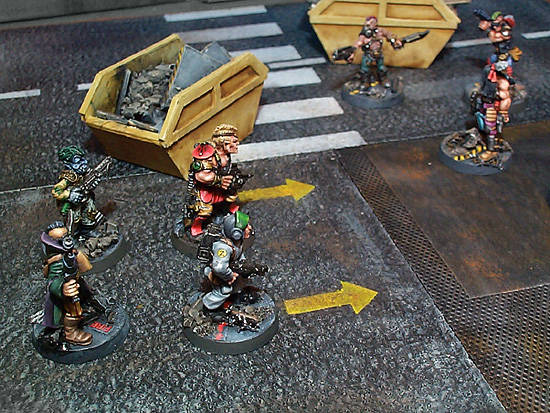 |
|
A staple part of any urban table is the surface itself, however
nice your buildings are they will look a bit silly on a grassy field.
This tarmac is fast, effective and cheap. |
Materials
|
|
Non-slip vinyl (also called safety vinyl)
You can see an example of this on the right hand side of the picture above. The best colour to get the vinyl in is dark grey, because then it won't show if any paint comes off.
|
Construction
|
|
Cut vinyl to shape That's it! You've finished. Now all you have to do is paint it. |
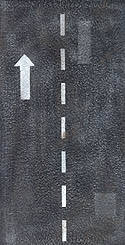
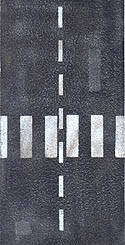
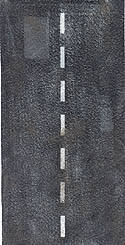
Painting
|
|
Detail Areas Drybrush |
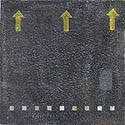
Stencilling
|
|
The easiest way to apply patterns is to stencil them on. You can make your own stencil by printing shapes onto ordinary paper and then cutting them out with a scalpel. The brush you use for stencilling should be large with stiff bristles and a flat end. Art and craft shops sell brushes specifically for this purpose. When stencilling use undiluted acrylic and make gentle stabbing motions directly downwards. Hold the stencil down tightly with the spread fingers of the other hand. The road markings shown in the examples were made with the stencil below. To use this, right click on it, save it to disk and then print it out at A4 using software such as Irfan, Photoshop or Paintshop Pro. Irfan can be downloaded from www.irfan.com |
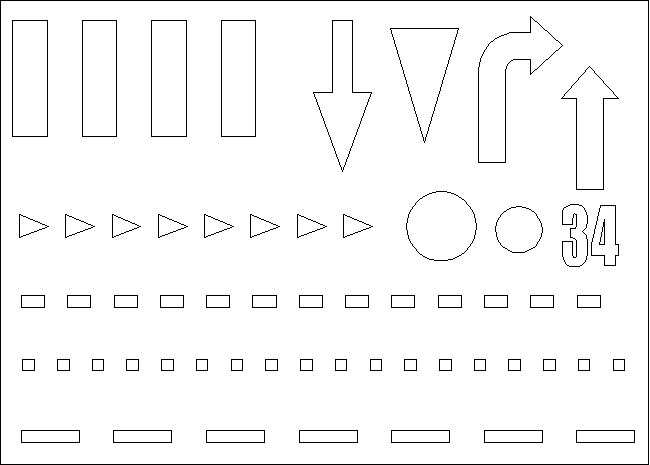
![]()
©2002. All rights reserved.
![]()

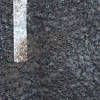 This
example is from Polyflor. Being an architect we have samples kicking
around the office, but it's not all that expensive to buy (around £10
per square metre, I think). To stop the vinyl being slippery when wet
it has little bits of grit embedded in it, and so it has a texture exactly
like tarmac. It is also relatively heavy, and doesn't warp when wet
so it will lie nice and flat on the table.
This
example is from Polyflor. Being an architect we have samples kicking
around the office, but it's not all that expensive to buy (around £10
per square metre, I think). To stop the vinyl being slippery when wet
it has little bits of grit embedded in it, and so it has a texture exactly
like tarmac. It is also relatively heavy, and doesn't warp when wet
so it will lie nice and flat on the table.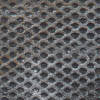 On
the back of it is embossed this rather pleasing grid pattern, which
would make an excellent texture for the inside of buildings or space
hulks, as vinyl is far cheaper than the commonly used
On
the back of it is embossed this rather pleasing grid pattern, which
would make an excellent texture for the inside of buildings or space
hulks, as vinyl is far cheaper than the commonly used